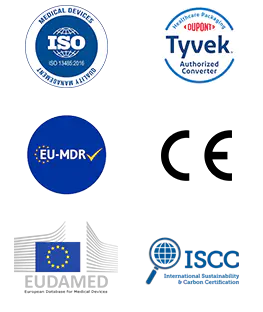In healthcare, laboratory, and dental environments, sterilization is a core activity that influences patient safety, research accuracy, and staff confidence. Over the past few years, various facilities have revisited their packaging methods to streamline the preparation of instruments before steam cycles. Within this shift, the Sterilization Self Sealing Pouch has gained renewed industry attention due to its convenience and compatibility with modern workflows.
As institutions continue to refine their processes, one brand frequently discussed in trade publications is Hopeway AMD, known for offering materials used in daily decontamination routines.
Content
- 1 1. Understanding the Role of Modern Sterilization Packaging
- 2 2. How Does Hopeway AMD Sterilization Self Sealing Pouch Improve Your Sterilization Efficiency?
- 3 3. What Key Benefits Do Hopeway AMD Sterilization Self Sealing Pouches Offer in Clinical Environments?
- 4 4. What Problems Can Hopeway AMD Sterilization Self Sealing Pouch Solve in Your Sterilization Workflow?
- 5 5. Comparison of Key Factors in Sterilization Packaging
- 6 6. Integration With Other Sterilization Components
- 7 7. Trends Driving Adoption of Self Sealing Pouch Systems
- 8 8. Future Directions in Sterilization Packaging
1. Understanding the Role of Modern Sterilization Packaging
Before instruments enter a steam chamber, they require appropriate preparation. Packaging keeps items secure, maintains cleanliness before and after the cycle, and assists technicians with identifying instrument sets. Traditional wrapping materials remain important, yet many facilities are shifting toward pre-formed pouch formats. This trend aligns with operational goals that emphasize stability, clarity, and predictable sealing.
A Sterilization Self Sealing Pouch offers a straightforward method of enclosing instruments without additional equipment. Instead of using a heat sealer or complex wrapping technique, staff fold and secure the adhesive closure. This simplicity appeals to environments with high throughput or limited workspace, especially where multiple shifts share sterilization tasks.
The pouch typically includes transparent layers that allow staff to view the contents, while the closure design helps maintain package integrity after the cycle. These characteristics make it suitable for a variety of clinical departments, from dental units to diagnostic laboratories.
2. How Does Hopeway AMD Sterilization Self Sealing Pouch Improve Your Sterilization Efficiency?
Operational efficiency in sterilization departments involves more than quick cycle times. It requires smooth instrument preparation, organized setup, and clear visual confirmation that items are ready for use. With attention on workflow optimization, many facilities have adopted pouch systems as an alternative to older packaging methods.
Here are several ways these pouches, including those associated with Hopeway AMD, can contribute to efficiency.
2.1 Reduced preparation steps
Traditional packaging often involves several actions: selecting wrap sizes, folding materials, placing indicators, and applying external tape. A self-sealing design removes some of these steps. Staff fold the flap, press the adhesive, and the pack is ready for loading. This reduction in steps shortens preparation time, especially when dealing with small tools.
2.2 Lower risk of sealing errors
Manual wrapping techniques may vary from one person to another. Inconsistent folds or improper tape placement can affect pack security. A pouch format offers a consistent structure. The user simply ensures the adhesive area is aligned and sealed evenly. This predictability helps avoid rework and minimizes the chance of compromised packaging.
2.3 Clear visibility of instruments
Transparent material allows staff to identify items instantly without opening the pack. This supports fast sorting, reduces confusion, and encourages accurate instrument retrieval. In fast-paced clinics, this visibility can play an important role in cycle turnaround.
2.4 Better space management
Pouches are typically slimmer than wrapped packs. When placed inside sterilization trays or shelves, they occupy less space. This feature helps departments maximize chamber capacity without compromising load arrangement or airflow.
2.5 Compatibility with varied workflows
Whether used in small clinics or large central sterilization units, pouch packaging adapts easily to different volumes. Facilities can scale their preparation routine without significantly changing protocol steps.
Collectively, these attributes help sterilization teams maintain a steady rhythm, reduce time loss, and maintain predictable instrument preparation standards.
3. What Key Benefits Do Hopeway AMD Sterilization Self Sealing Pouches Offer in Clinical Environments?
Clinical environments rely heavily on workflows that must remain organized, traceable, and compliant with operational guidelines. Pouch-based packaging supports these goals by offering several advantages that suit multi-disciplinary departments.
Here are key benefits often highlighted by professionals:
3.1 Traceability and organization
Many pouches provide designated areas for writing or labeling. This simplifies record keeping, allowing technicians to indicate processing dates, batch numbers, or cycle references. When integrated with departmental logs, these markings offer better alignment between packaging and documentation systems.
3.2 Support for ergonomic handling
Because pouches require fewer wrapping motions, they place less strain on staff hands and wrists. Over the course of a shift, this can improve comfort, particularly for teams handling dozens of instrument sets.
3.3 Consistent presentation of instruments
Uniform packaging contributes to a cleaner, more structured storage area. Staff can visually scan shelves and immediately distinguish processed items from unprocessed ones. This clarity reduces accidental mix-ups, which can otherwise disrupt daily schedules.
3.4 Adaptability to different tool types
Many medical and laboratory instruments, especially smaller or sharper items, fit securely inside pouch packaging. This flexibility supports departments that manage diverse inventories. Instruments remain contained, reducing the risk of punctures or accidental handling.
3.5 Support for sterile field preparation
In operating rooms or treatment rooms, the smooth opening of a pouch contributes to maintaining a controlled sterile field. Clear peel lines help prevent material debris from falling onto surfaces. This smooth opening action is particularly appreciated in environments where precision and cleanliness go hand in hand.
These advantages highlight why many clinical decision-makers have shifted toward pouch systems, especially when aiming to make staff routines more manageable.
4. What Problems Can Hopeway AMD Sterilization Self Sealing Pouch Solve in Your Sterilization Workflow?
Every sterilization department, regardless of size, encounters certain recurring challenges. Packaging choices can influence how effectively these issues are addressed. The Sterilization Self Sealing Pouch, including versions aligned with Hopeway AMD, offers several solutions to everyday concerns.
4.1 Inconsistent sealing outcomes
Manual wrapping techniques may produce varied results. Some packs may loosen during handling or storage. A built-in sealing strip minimizes these inconsistencies by offering a uniform approach.
4.2 Time-consuming preparation
Departments processing numerous small items may find traditional wrapping inefficient. Pouches shorten the preparation process, helping staff manage high-volume days more easily.
4.3 Difficulty in identifying tool sets
Opaque wraps often require written labels to identify contents. Pouches with transparent windows enable immediate identification, reducing time spent searching for specific sets.
4.4 Risk of tearing during handling
Wrapping materials can occasionally tear if mishandled or overfolded. Pouch construction aims to provide a balanced combination of durability and flexibility. This helps maintain pack integrity during storage and transport.
4.5 Inadequate space utilization
Bulky wrapping styles may limit chamber capacity. Flat pouch designs offer more efficient use of space, especially during peak sterilization hours.
4.6 Challenges maintaining a clean peel
Some packaging may produce fibers or debris when opened. Pouches with structured peel zones contribute to smoother opening, supporting sterile field maintenance.
Together, these problem-solving features allow departments to focus more on completion of cycles and less on rework or corrective steps.
5. Comparison of Key Factors in Sterilization Packaging
To better understand where pouch packaging fits within the sterilization workflow, the table below summarizes common considerations and how pouch systems respond to them.
| Factor | Common Challenge | How Pouch Packaging Helps |
| Workflow Time | Slow preparation with multiple steps | Provides quick sealing and reduced folding |
| Clarity | Difficulty identifying instrument sets | Transparent windows support visual confirmation |
| Consistency | Variation in wrapping technique | Uniform structure promotes predictable sealing |
| Space | Bulky packs limiting chamber capacity | Slim form factor enhances load arrangement |
| Handling Comfort | Complex wrapping motions | Minimal steps reduce repetitive strain |
These factors illustrate why many departments find pouch-based packaging useful for both daily cycles and long-term workflow improvements.
6. Integration With Other Sterilization Components
Packaging is one part of a much larger sterilization system. Departments must coordinate indicators, trays, documentation, and handling procedures. When pouches are used in combination with indicator tapes or internal indicators, they form a reliable component of the larger process.
Facilities often pair pouch packaging with external steam indicators for cycle verification. Clear adhesion surfaces on pouch materials support easy placement of indicator strips or tape without interfering with visibility.
In settings where digital sterilization records are used, pouch labeling areas offer a physical counterpart to digital logs. By writing batch numbers or attaching barcodes, staff maintain alignment between physical packs and electronic documentation.
Some organizations also use pouch systems to support workflow zoning. Clean and contaminated areas are separated, and color-coded shelving systems help ensure proper instrument movement. Because pouches provide consistent pack appearance, they assist technicians in visually tracking items through each stage.
7. Trends Driving Adoption of Self Sealing Pouch Systems
The rising interest in pouch-based packaging reflects broader changes in healthcare and laboratory operations. Several trends influence this adoption:
- Growth of small clinics and distributed care units : More treatment centers operate independently and manage their own sterilization tasks. They often prefer packaging that minimizes equipment requirements.
- Increased emphasis on rapid instrument turnover : High workloads encourage materials that reduce reprocessing time. Pouches fit well within fast-paced schedules.
- Expansion of single-use instrument categories : Certain fields now adopt small tools that require precise packaging. Pouch formats accommodate these sizes easily.
- Focus on workforce flexibility : As staff rotate between departments, packaging methods that are intuitive and quick become especially valuable.
- Facility interest in refining documentation : Clear labeling surfaces support better alignment with internal tracking methods.
These trends show that pouch packaging is not only a convenience but also a strategic response to evolving clinical needs.
8. Future Directions in Sterilization Packaging
As the industry continues to refine practices, several developments may shape how pouch packaging evolves.
- Enhanced material properties : There is growing interest in packaging materials designed for better handling comfort, reduced waste, and improved environmental compatibility.
- Expanded integration with digital systems : Some facilities express interest in connecting physical packaging with digital scanning and traceability tools. Pouch designs that support barcode placement may become increasingly common.
- Standardization of peel and seal features : Departments may seek packaging that offers predictable peel characteristics across batches. This focus could drive more uniform manufacturing practices.
- Broader compatibility with varied sterilizers : As portable and compact sterilizers become more popular, packaging performance across different chamber designs will remain an important consideration.
These directions suggest that pouch systems will continue to play a visible role in sterilization for many years.
A Sterilization Self Sealing Pouch provides a practical packaging solution that supports clear organization, efficient preparation, and consistent handling across sterilization departments. Its ease of use, transparency, and adaptability make it suitable for diverse clinical and laboratory settings. Products associated with Hopeway AMD remain part of ongoing discussions in the industry due to their alignment with everyday workflow needs.
By reducing preparation steps, minimizing sealing inconsistencies, and enhancing visibility, pouch packaging contributes to smoother sterilization cycles and more reliable instrument management. As healthcare and scientific fields continue evolving, these pouches are expected to maintain a stable presence in modern decontamination programs.

 English
English Français
Français Deutsch
Deutsch Nederlands
Nederlands

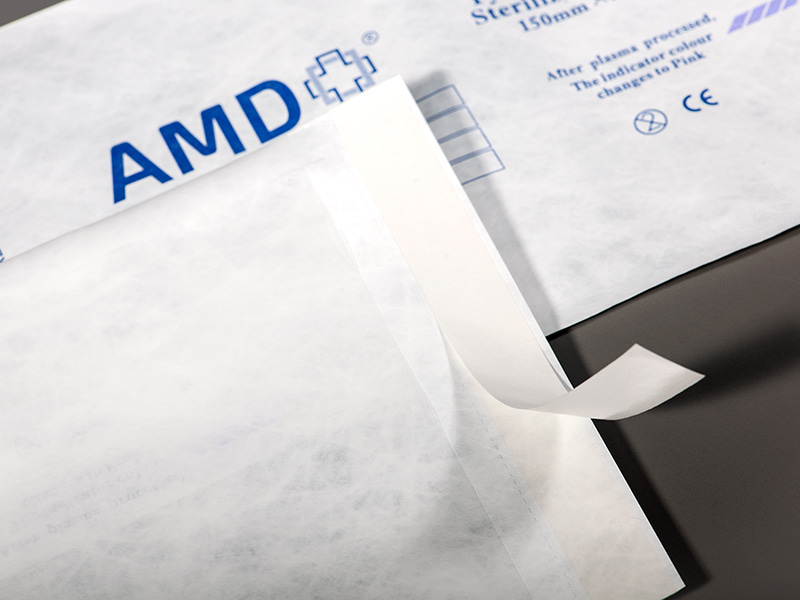
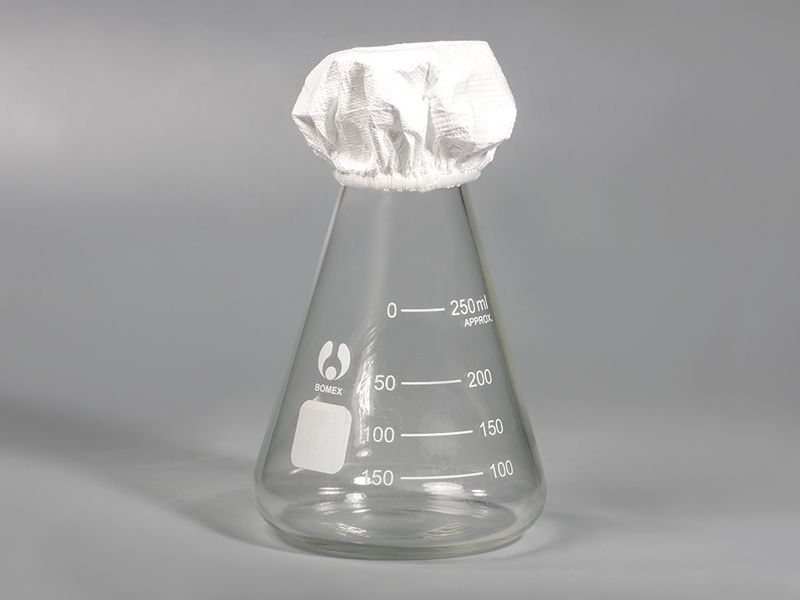



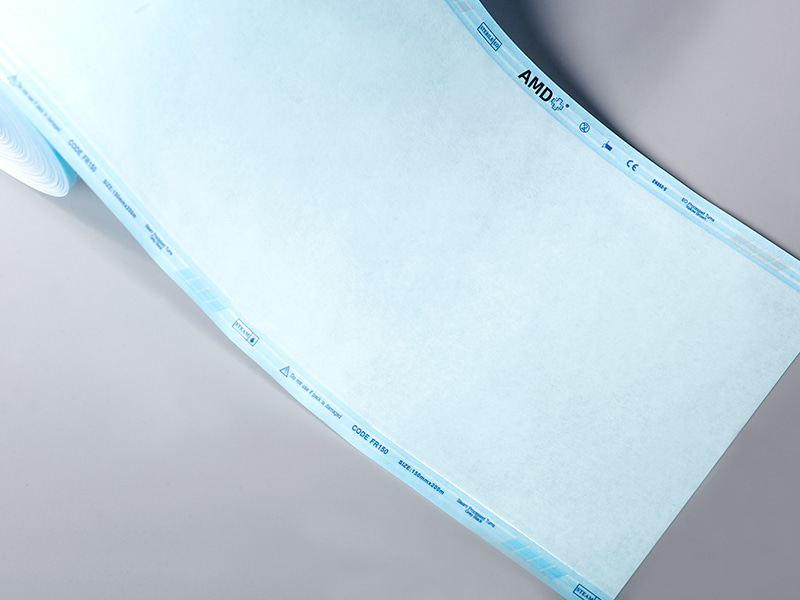
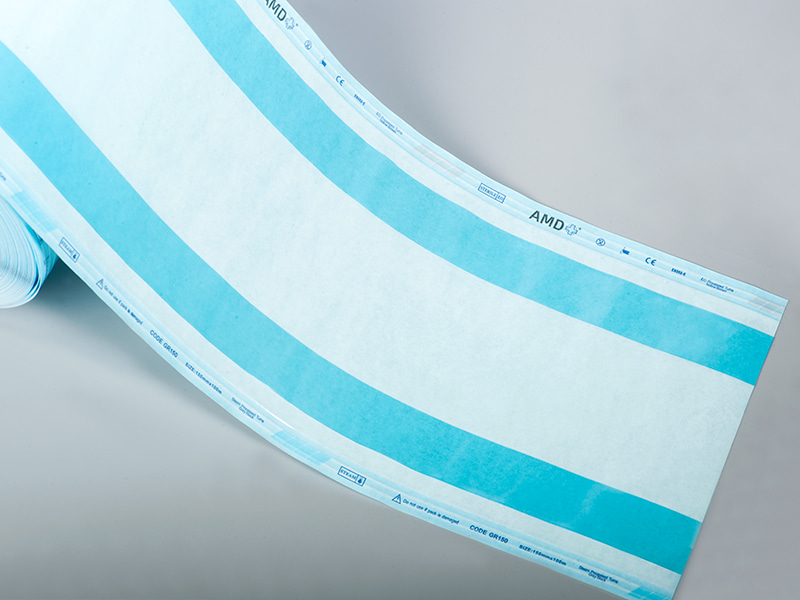





 ‘s-Gravenweg 542, 3065SG RotterdamThe Netherlands
‘s-Gravenweg 542, 3065SG RotterdamThe Netherlands
 +31 (0)10 254 28 08
+31 (0)10 254 28 08
